A friend of ours once ran a popular Italian spot in Chicago. Great reviews, packed dining room every weekend, and a menu people raved about. Then he looked at his books and realized he was barely breaking even.
The problem? He was pricing his signature pasta dish at $14 when it actually cost him $8 to make. That's a 57% cost – way above the healthy 28–35% range most restaurants aim for. He was working 70-hour weeks just to stay afloat.
Here's what you'll learn in this guide: how to calculate restaurant costs, figure out your food cost percentage, understand the food costing formula, determine what menu price you should actually charge for each dish, and spot the menu items that are quietly draining your profit. We'll walk through real examples and give you a free calculator to make the math simple.
What is restaurant food cost?
Food cost tells you exactly how much you spend to create each dish. We're talking about the raw cost of every ingredient that goes onto the plate – the chicken breast, the olive oil, the garnish, all of it.
Most restaurants express this as food cost percentage, which compares what you spend on ingredient costs to what you earn when you sell the dish. Some restaurants also track Cost of Goods Sold (COGS), which includes everything down to napkins and toothpicks as part of your operating expenses.
Think of food cost as your menu's report card. It shows you which dishes are making you money and which ones are just keeping you busy. Understanding how to do costing for food helps you make smarter pricing decisions.
Setting yourself up for success
Look, we get it. You didn't open a restaurant because you love spreadsheets. But here's the thing – knowing your numbers is what keeps your doors open long enough for your cuisine to become legendary.
Most restaurant owners think budgeting is something you do once when you're writing your business plan. Then they never look at it again until something goes wrong. That's like checking your GPS only when you're already lost.
Track these numbers religiously
You need a solid POS system that can pull reports for you. If you're doing this manually (no judgment), here's what to monitor:
Your prime cost – This is your food cost plus labor cost combined. It's the relationship between what you're spending and what you're selling. Understanding your operating costs is key to profitability.
Your accounting timeframe – Most restaurants use a four-week period, but pick what works for your business. Just stay consistent so you can actually compare month to month.
Your financial goals – Your budget shouldn't just reflect where you are. It should push you toward where you want to be and help you better control your expenses.
Your weekly operational budget – Big-picture finances matter, but weekly tracking catches problems before they become disasters. It's easier to spot a $500 problem than a $5,000 one.
Once you've got these basics down, you're ready to calculate your actual costs using the food costing formula.
What is food cost percentage?
Food cost percentage shows you what portion of every dollar goes toward buying ingredients and beverages. There are two ways to look at this important metric:
Food cost percentage per dish – This breaks down each menu item individually. It's how you figure out which dishes are superstars and which ones are dead weight.
Total food cost percentage – This gives you a bird's-eye view of your entire operation. It compares all your food costs to all your food sales over a specific period.
Both numbers matter. The first one helps you optimize your menu and determine the right menu price. The second one tells you if your restaurant is healthy overall.
What knowing your food cost percentage gives you
Here's what changes when you actually track this number:
-
You'll spot which menu items print money and which ones don't.
-
You can design your menu around your most profitable dishes.
-
You'll understand how ingredient costs affect your bottom line.
-
You can set a target food cost percentage and cut anything that doesn't hit it.
Learning how to do costing for food ensures you make data-backed pricing decisions instead of guessing.
What is a good food cost percentage?
Most restaurants keep their food costs between 28–35% of total revenue. That's your target zone for maintaining healthy gross profit margins.
But here's the catch – context matters. A fast-food burger joint might run at 28% because they're buying ingredients in massive bulk. A high-end steakhouse might need 35% because they're serving premium cuts and quality ingredients.
The key is knowing what's normal for your type of restaurant, then beating it. This is where understanding the difference between actual food cost percentage and your ideal food cost percentage becomes critical for your business.
How to calculate food cost percentage
Before you start, gather these four numbers:
- Total food sales – What you earned during the period you're measuring
- Beginning inventory value – What your inventory was worth at the start
- Purchases – What you spent on ingredients during this period
- Ending inventory – What your inventory is worth at the end
The food cost percentage formula
Here's the math (don't worry, it's simpler than it looks):
Food Cost Percentage = [(Beginning Inventory + Purchases) – Ending Inventory] ÷ Total Food Sales
This is how you calculate the actual food cost percentage for your restaurant.
Real example: Pizza kitchen & cafe
Let's say Pizza Kitchen & Cafe wants to know their food cost percentage for the month. Here are their numbers:
Total sales: $12,500
Beginning inventory value: $13,250
Purchases: $4,400
Ending inventory value: $12,200
Plug it in:
Food cost percentage = (13,250 + 4,400) – 12,200 ÷ 12,500
Food cost percentage = 0.436 or 43.6%
Ouch. Pizza Kitchen & Cafe is spending 43.6% of their revenue on ingredients. That's way above the healthy 28–35% range. Something needs to change – either their total cost on ingredients or their menu pricing.
But before they panic, they should calculate their ideal percentage to see where they should actually be. A common misconception is that your actual cost will always match your ideal, but that's rarely the case.
What is an ideal food cost percentage?
Your ideal percentage is what you should be hitting based on what your ingredients actually cost versus what you're charging. For most full-service restaurants and quick-service operations, this lands between 28–32%.
But "ideal" depends on your concept. A ramen shop and a steakhouse will have very different targets based on their pricing strategy and market positioning.
How to calculate ideal food cost percentage
You only need two numbers for this:
Ideal Food Cost Percentage = Total Cost ÷ Total Sales
Let's stick with Pizza Kitchen & Cafe. Their total sales were $12,500 and their total cost was $3,500.
Ideal food cost percentage = 3,500 ÷ 12,500 = 0.28 or 28%
So Pizza Kitchen & Cafe's ideal percentage is 28%, but their actual is running at 43.6%. That's a 15.6% gap – which means they're leaving serious money on the table.
.webp?width=1379&height=749&name=food_cost_percentage_formula%20(2).webp)
What should Pizza Kitchen & Cafe do next?
They've got three options to manage their operating expenses:
-
Find cheaper suppliers for their ingredients
-
Adjust their menu price on each dish
-
Change their portion sizes
Let's walk through how they'd adjust their menu pricing, because that's usually the fastest fix to improve profit margins.
But first, we need to determine cost per serving.
The food cost percentage formula
To determine your percentage, combine your initial inventory and purchases, then subtract your ending inventory. Divide this figure by total sales.
What is food cost per serving?
Cost per serving is exactly what it sounds like – what each individual dish costs you to prepare and serve. You calculate the cost of every ingredient that goes into one serving, then add it all up.
This is the number you need before you can figure out what to charge and what point will cover your expenses while delivering value to your guests.
.webp?width=1379&height=621&name=food_cost_percentage_formula%20(3).webp)
How do you calculate food cost per serving?
Add up the cost of every ingredient in the dish. Let's use Pizza Kitchen & Cafe's vegetable pizza as an example of how to determine the total cost.
Pizza Dough:
-
Flour: 300 grams ($0.20)
-
Yeast: 7 grams ($0.05)
-
Water: 200 milliliters
Pizza Sauce:
-
Tomato Sauce: 200 grams ($0.25)
-
Olive Oil: 15 milliliters ($0.10)
-
Garlic: 2 cloves, minced ($0.05)
-
Salt: 1 teaspoon
-
Pepper: 1/2 teaspoon
-
Italian Seasoning: 1 teaspoon
Vegetable Toppings:
-
Bell Peppers: 100 grams, sliced ($0.50)
-
Red Onion: 50 grams, sliced ($0.15)
-
Mushrooms: 75 grams, sliced ($0.30)
-
Black Olives: 50 grams, sliced ($0.20)
-
Spinach: 50 grams ($0.30)
Cheese:
-
Mozzarella: 150 grams, shredded ($0.75)
Total cost per serving: $3.10
Now here's where it gets interesting and where you'll see the key to restaurant success.
How to calculate ideal menu prices
Pizza Kitchen & Cafe's vegetable pizza costs $3.10 to make. Their current menu price is $7.11, which gives them that problematic 43.6% food cost.
But what menu price should they charge to hit their ideal food cost of 28%?
Ideal Menu Price = Cost Per Serving ÷ Ideal Food Cost Percentage
Ideal menu price = 3.10 ÷ 0.28 = $11.07
They should be charging $11.07 instead of $7.11. That's $3.96 more per pizza – a higher price, but one that actually covers their costs and creates profit.
"Wait," you're thinking, "that's only four bucks." But Pizza Kitchen & Cafe sells 50 of these pizzas every day. That's an extra $198 per day, or $72,270 per year. For one dish.
Now imagine doing this calculation for every dish on your menu. You could easily find six figures hiding in plain sight. This is what we mean by better control over your pricing strategy.
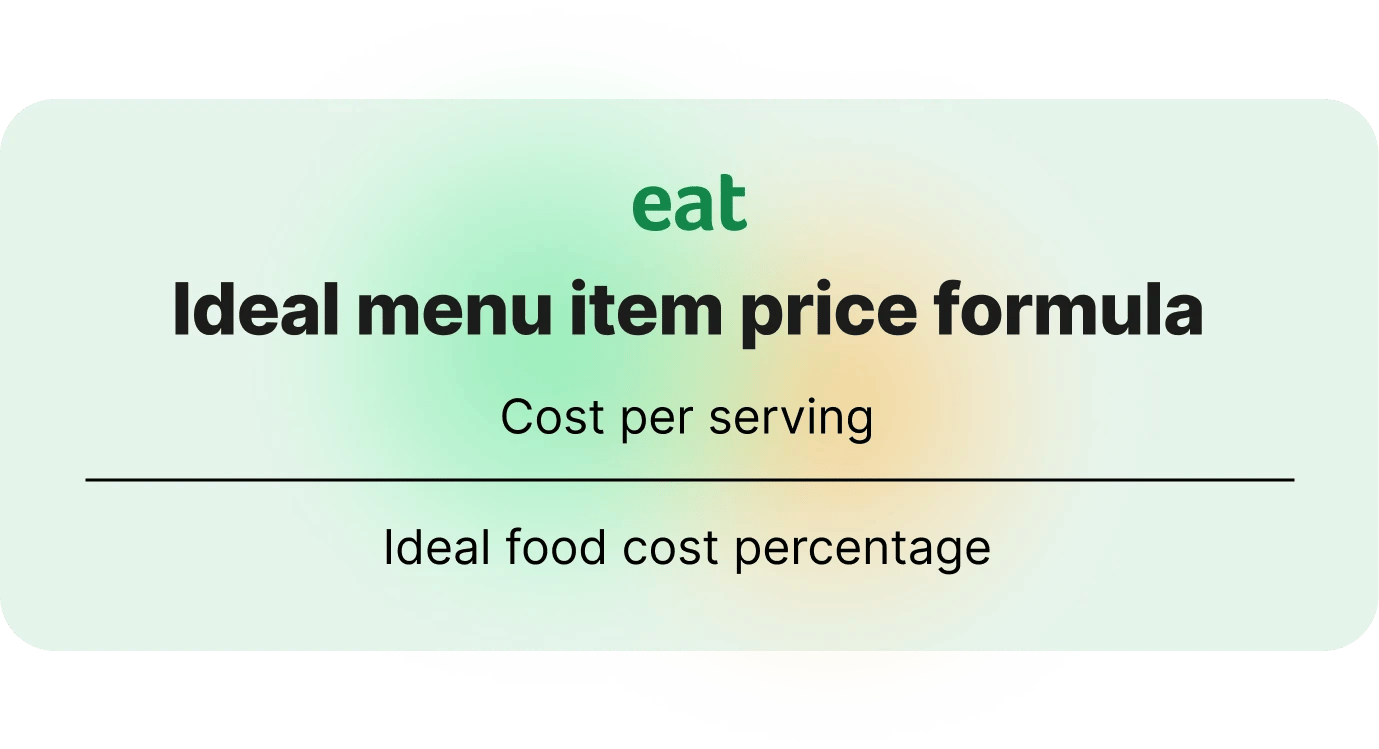
What happens when you change your prices?
When you make price changes to your menu, two things can happen:
Outcome 1: Sales stay the same (or go up)
If your customers don't blink at the new price, that's actually good news. It might mean your market can handle even higher prices. Just keep an eye on your competitors so you don't price yourself into a corner.
A smart move here is to run a competitive analysis. See what similar restaurants in your location charge for comparable dishes. Compare the quality you serve against what others in your area offer to determine the right value for your customers.
Outcome 2: Sales drop
If people stop ordering a menu item after a price increase, you might have gone too high. The tricky part is you can't just drop the price back down – that eats into your newfound revenue.
Instead, try these strategies to manage the situation:
-
Reduce portion sizes slightly while maintaining quality
-
Negotiate better pricing with your suppliers
-
Swap in a less expensive ingredient where it makes sense
-
Focus on the portion control to reduce waste
How to lower your food cost
Here are some practical ways to bring your food costs down without sacrificing the quality of food you serve:
Add more carb-heavy dishes to your menu. Pasta, rice bowls, and bread-based items cost way less than protein-heavy plates. These recipes can be profitable while still satisfying your guests.
Design your menu to spotlight your most profitable items. Put them in the top-right corner (where people's eyes go first at the table) and make them sound irresistible.
Experiment with portion sizes. You'd be surprised how much you can adjust without anyone noticing. Start small and track your customer feedback on what quantity feels right.
Make small, strategic price increases. A 50-cent bump on a popular menu item is barely noticeable but adds up fast. Most customers won't even notice when you focus on incremental changes.
Each of these connects back to mastering the food costing formula and learning how to do costing for food correctly.
How to manage food waste and save on costs
Food waste is money walking straight into your dumpster. Here's how to stop the bleeding and maintain better control:
Take regular inventory. You can't manage what you don't measure. Weekly counts help you spot what's expiring before you lose money.
Organize your walk-in with FIFO. First-in, first-out isn't just a fancy accounting term. It means using older stock before new deliveries to reduce waste.
Store food properly. Invest in good containers and label everything with dates. You'd be amazed how much longer things last when they're stored right – this directly impacts your operating costs.
Train your staff on portion control. Inconsistent portions don't just mess with your costs – they also frustrate customers who get different experiences each visit. Better control here means more profit per meal.
Compost your scraps. Turn waste into something useful. Some cities even offer discounts on waste management for restaurants that compost.
Donate excess food. Local food banks will often pick up donations. You'll help your community and might even get tax benefits.
Use your prep scraps creatively. Vegetable trimmings make excellent stock. Stale bread becomes croutons. Get creative with what you already have to prepare quality dishes.
Feed your staff. Leftover food makes great staff meals. Your team eats, waste goes down, and morale goes up. This is a smart way to manage both labor satisfaction and food costs.
Understand expiration dates. "Best by" doesn't always mean "throw away immediately." Learn the difference between the various date labels to avoid unnecessary waste.
Control your temperatures. A walk-in that's too warm spoils food faster. A freezer that's too cold causes freezer burn. Get a good thermometer and check it daily.
Track your waste. Keep a log of what you're throwing away and why. After a month, you'll spot patterns you can fix and create better systems.
Plan your menu around seasonal ingredients. In-season produce costs less and tastes better. This pricing strategy helps you buy in bulk when prices are low and access better value from your suppliers.
Reduce water waste. Better water management means lower utility bills. It's a smaller cost, but every dollar counts toward your overall revenue and profit margins.
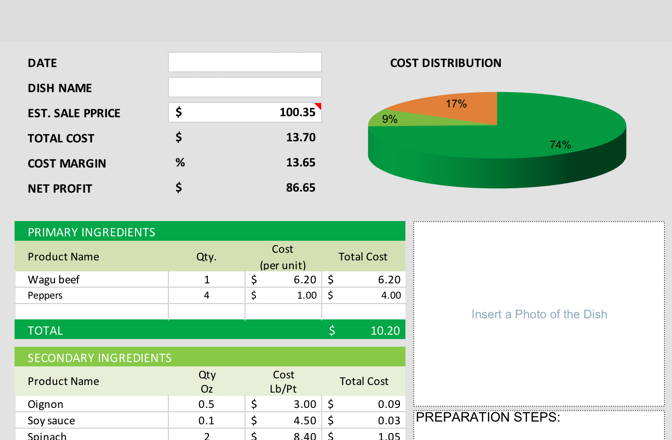
Download the free food cost calculator
We built a free Excel calculator that does all this math for you. It helps you calculate food cost per item, determine ideal menu prices, and lets you add photos, notes, and allergy information for each dish.
No more calculator errors at 2 AM when you're trying to figure out if your new burger is actually profitable. This tool gives you instant access to the data you need to make smart pricing decisions and pay closer attention to your key metrics.
Save yourself hours and download our food cost calculator now.
Frequently asked questions about restaurant food cost
How do you calculate food costs?
Add your beginning inventory to purchases, subtract your ending inventory, then divide by total sales. The result is your percentage – an important metric for restaurant success. This method follows the standard food costing formula used across the industry.
Food Cost Percentage = (Cost of Ingredients / Selling Price) x 100
What is food cost percentage?
It’s the ratio of what you spend on ingredients to what you earn when you sell those ingredients as menu items. It’s expressed as a percentage of your total revenue and helps you determine profitability.
Understanding how to do costing for food helps you apply this correctly.
(Cost of Goods Sold / Total Food Sales) x 100
What is actual food cost?
Actual food cost accounts for the real world – incomplete portions, accidental waste, theft, and mistakes. It's what you actually spent, not what you theoretically should have spent based on your recipes.
(Beginning Inventory + Purchases - Ending Inventory) / Total Food Sales x 100
What is a good food cost ratio?
For most full-service and quick-service restaurants, aim for 28-35%. But this varies based on your concept, location, competition in your market, and the type of food you serve.
How do I figure out how much to charge for food?
Take your cost per serving and divide it by your ideal percentage.
That’s the food costing formula in action.
Start calculating today
Here's your action plan to take control and improve your restaurant business:
-
Pull your sales data and inventory values for the last month
-
Calculate your actual food cost percentage using our formula
-
Figure out your ideal food cost percentage to create your budget
-
Identify the gap between where you are and where you should be
-
Download our free calculator and run the numbers for each menu item
-
Start with your three best-selling dishes and optimize those first
Remember, our friend with the Italian restaurant? Once he fixed his pricing strategy and started to better control his ingredient costs, his profit margins jumped 15%. He's still working long hours, but now he's actually building something sustainable that will pay off in the long run.
Once you master the food costing formula and understand how to do costing for food, you’ll have full control over your restaurant’s profitability.
Your turn to determine success for your business.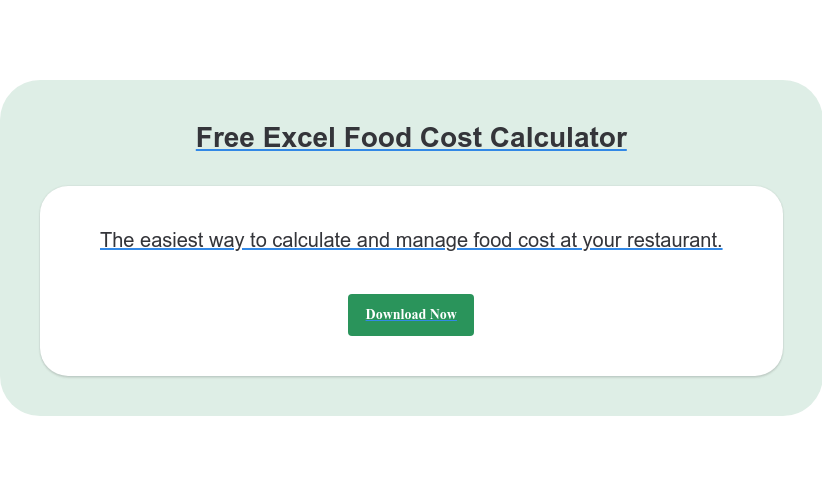














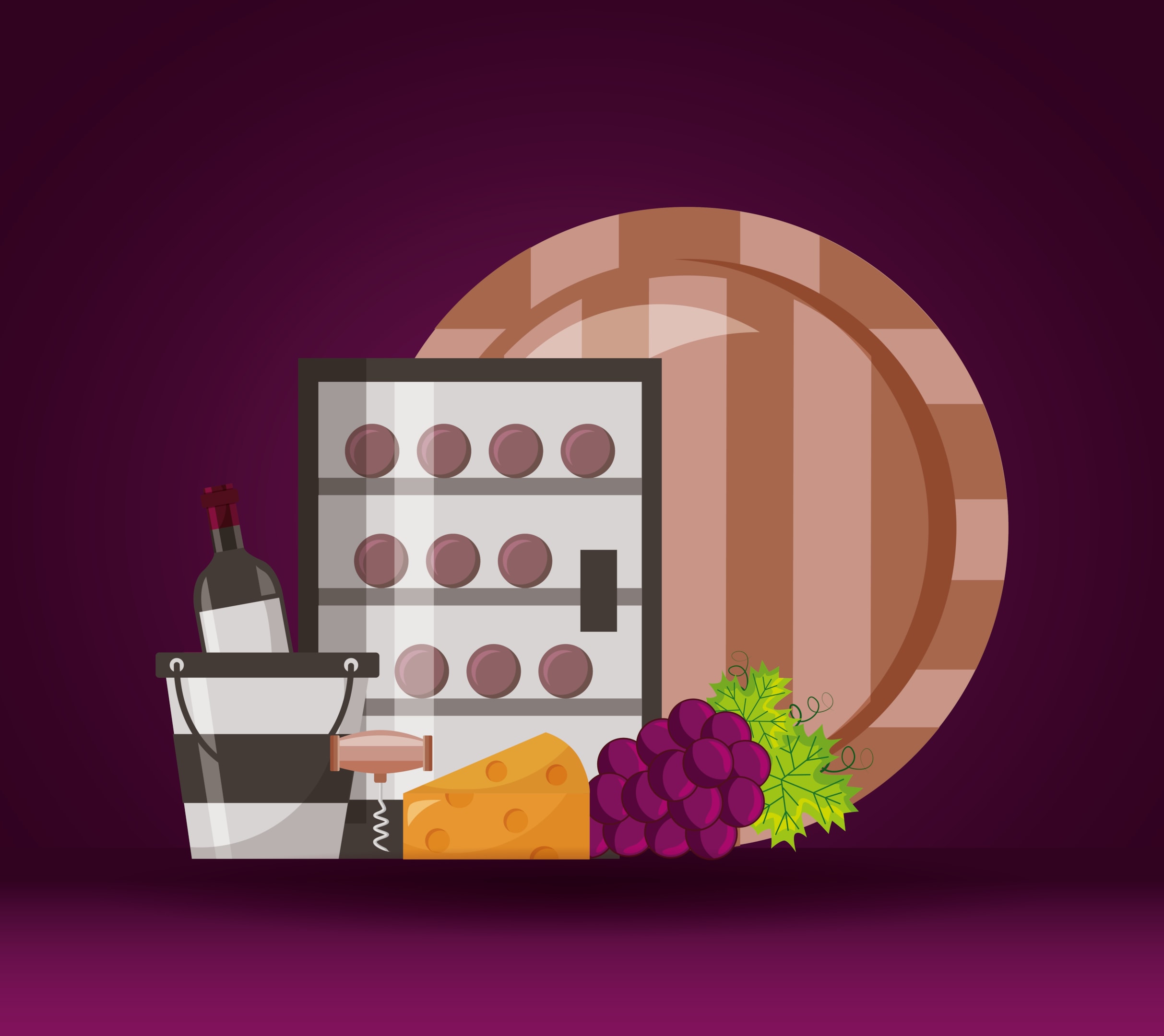
-1.png?width=1812&height=1072&name=TripAdvisor%20%26%20More%20Bookings%20(1)-1.png)
-2.png?width=1812&height=1072&name=Google%20Bookings%20(1)-2.png)


-1.png?width=200&name=TripAdvisor%20%26%20More%20Bookings%20(1)-1.png)
-2.png?width=200&name=Google%20Bookings%20(1)-2.png)
-1.png?width=200&name=Instagram%20Bookings%20(1)-1.png)
-1-png.webp?width=200&name=Facebook%20Integration%20Rectangle%20(1)-1-png.webp)







.webp?width=200&name=download%20(1).webp)
%20(1)-2.webp?width=200&name=Eat%20(34)%20(1)-2.webp)
%20(1)-2.webp?width=200&name=Eat%20(18)%20(1)-2.webp)




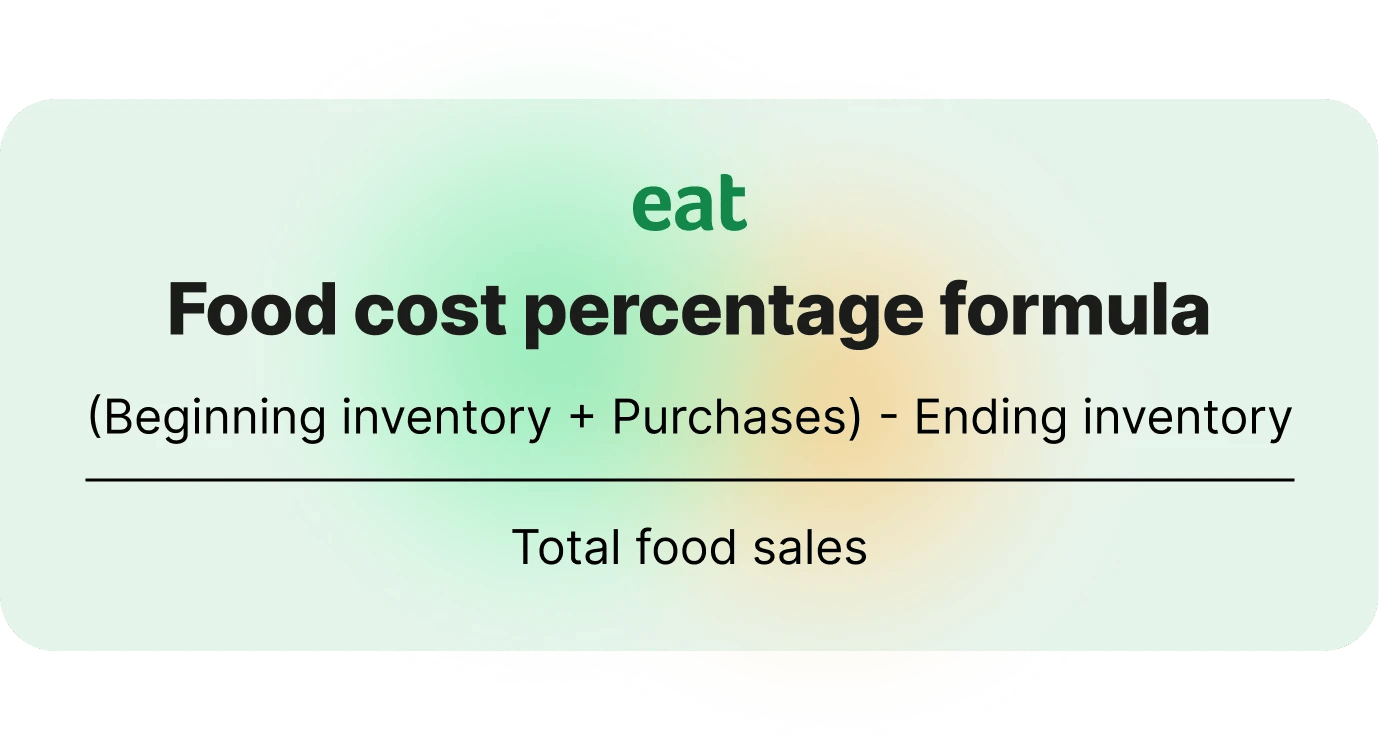
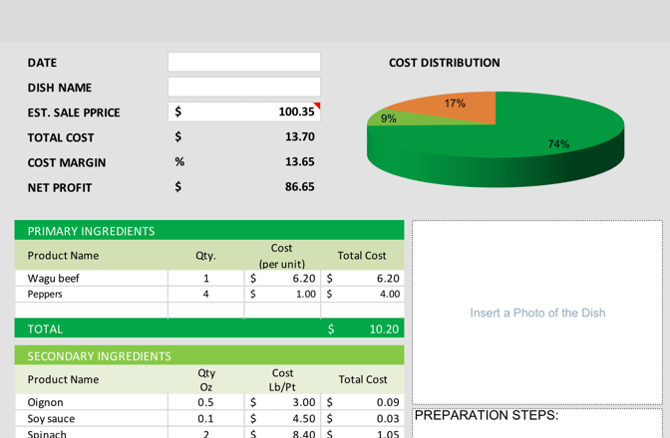

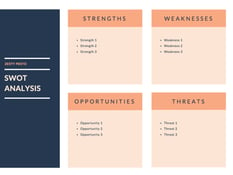
%20(1)-1.webp?width=314&height=175&name=Eat%20(62)%20(1)-1.webp)


.webp?width=144&height=72&name=Eat%20App%20Logo%20(3).webp)